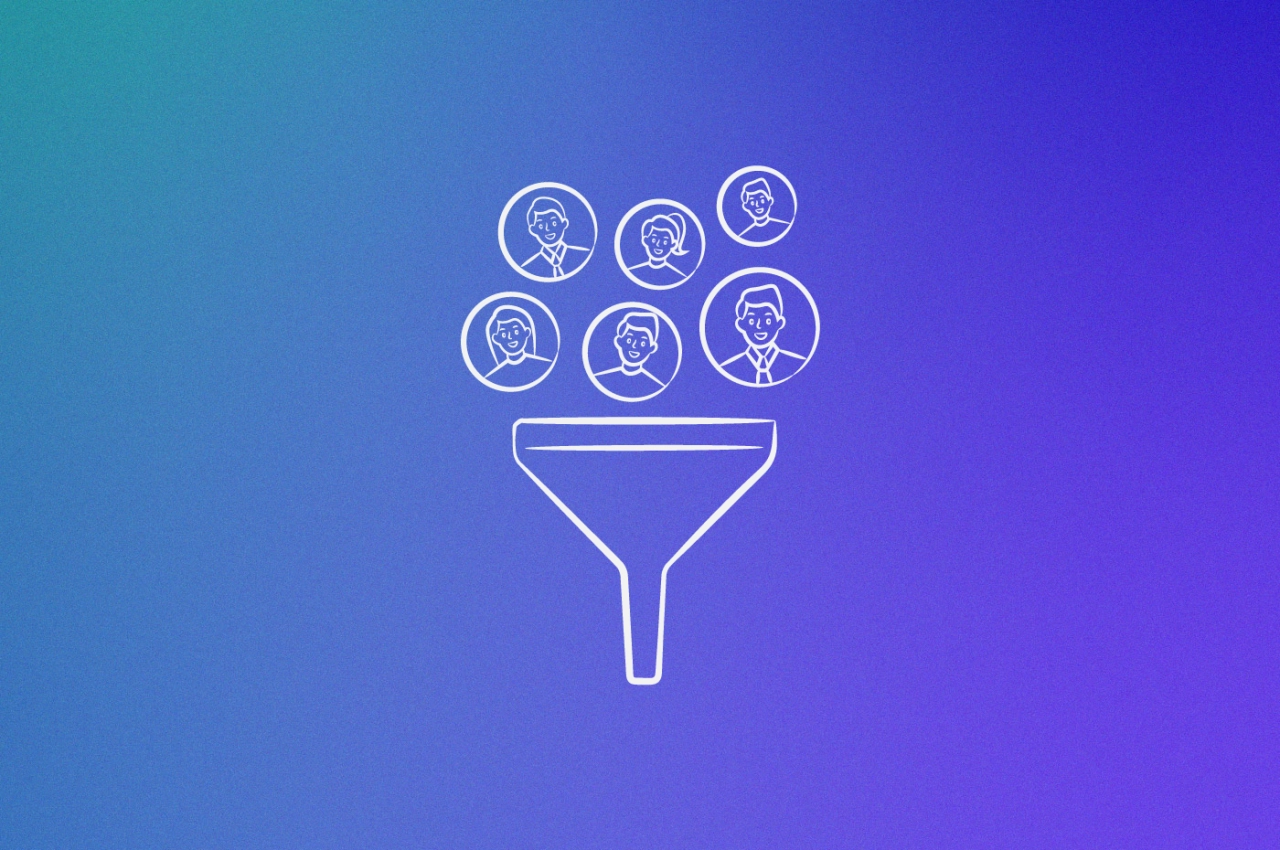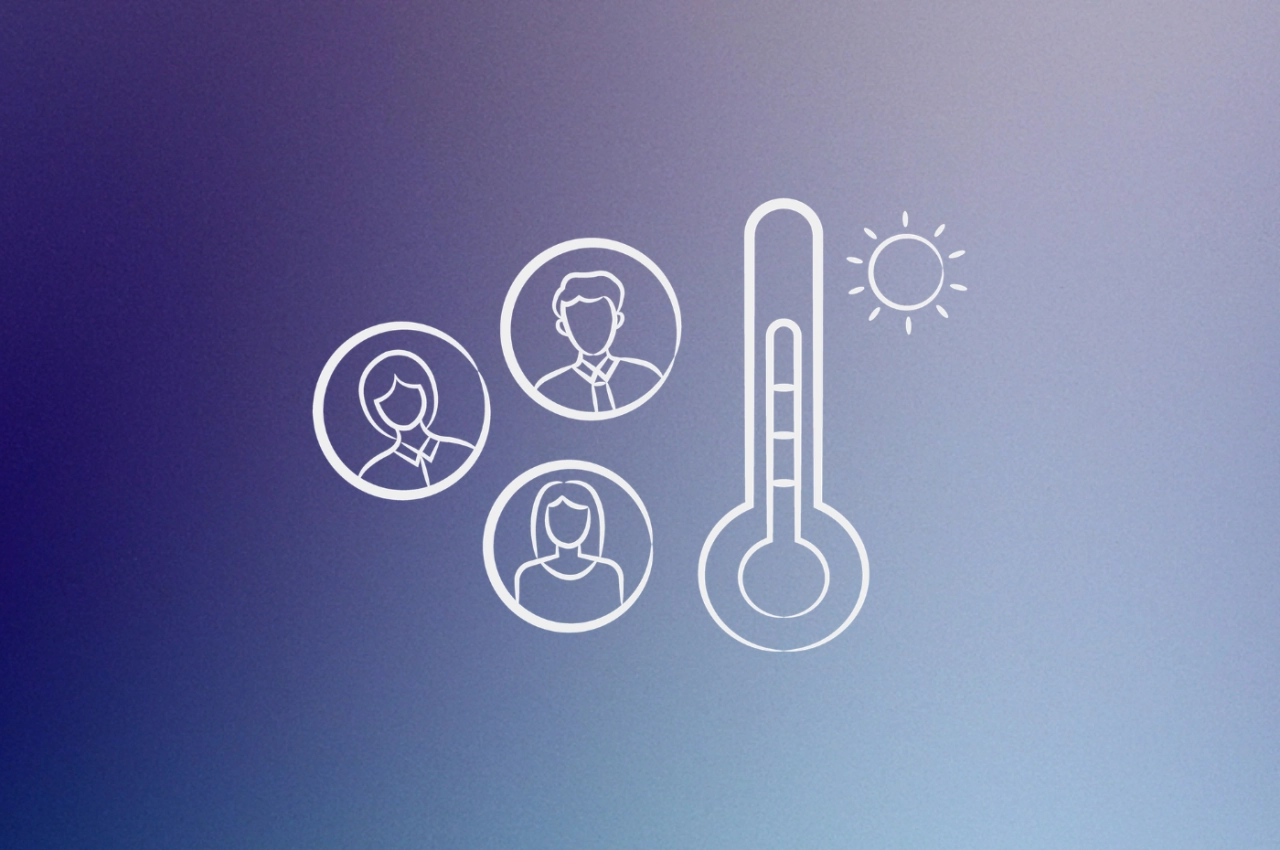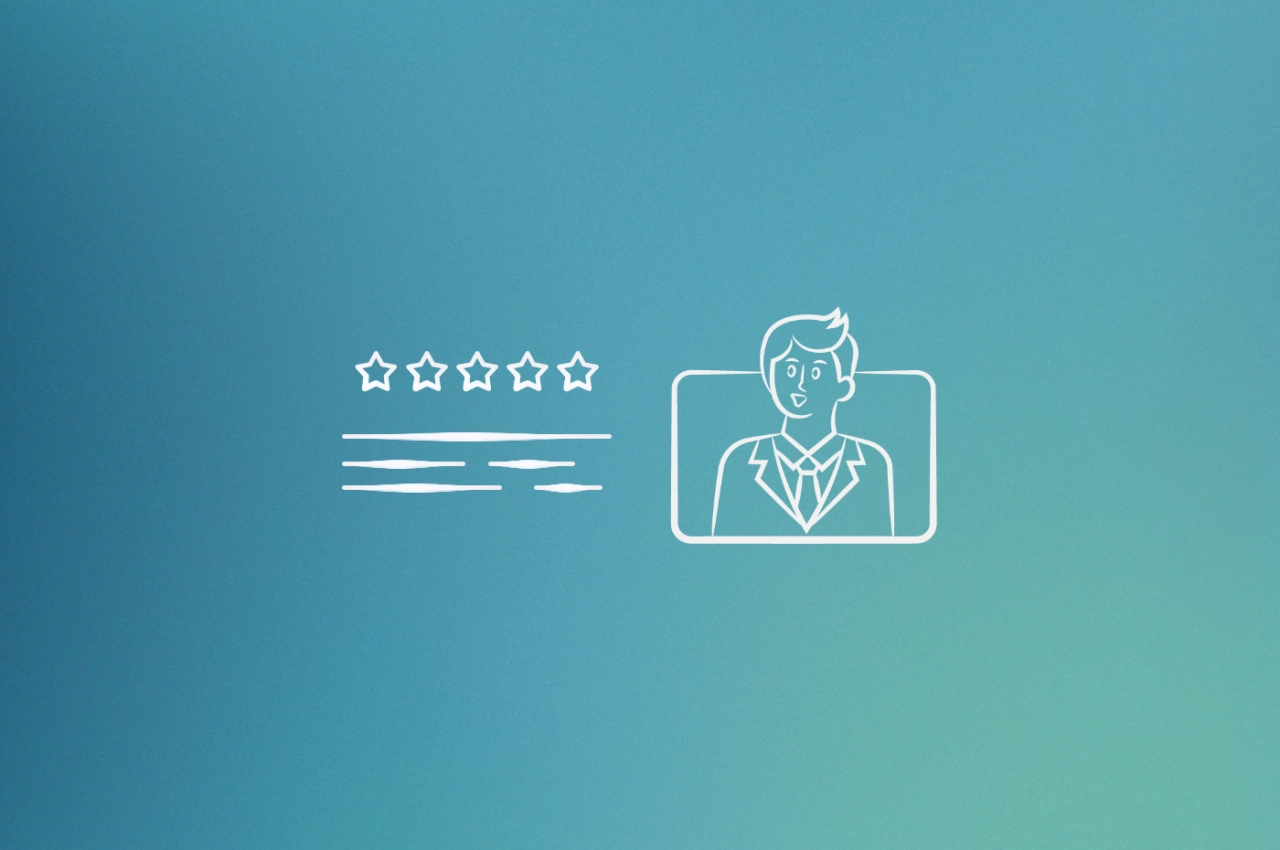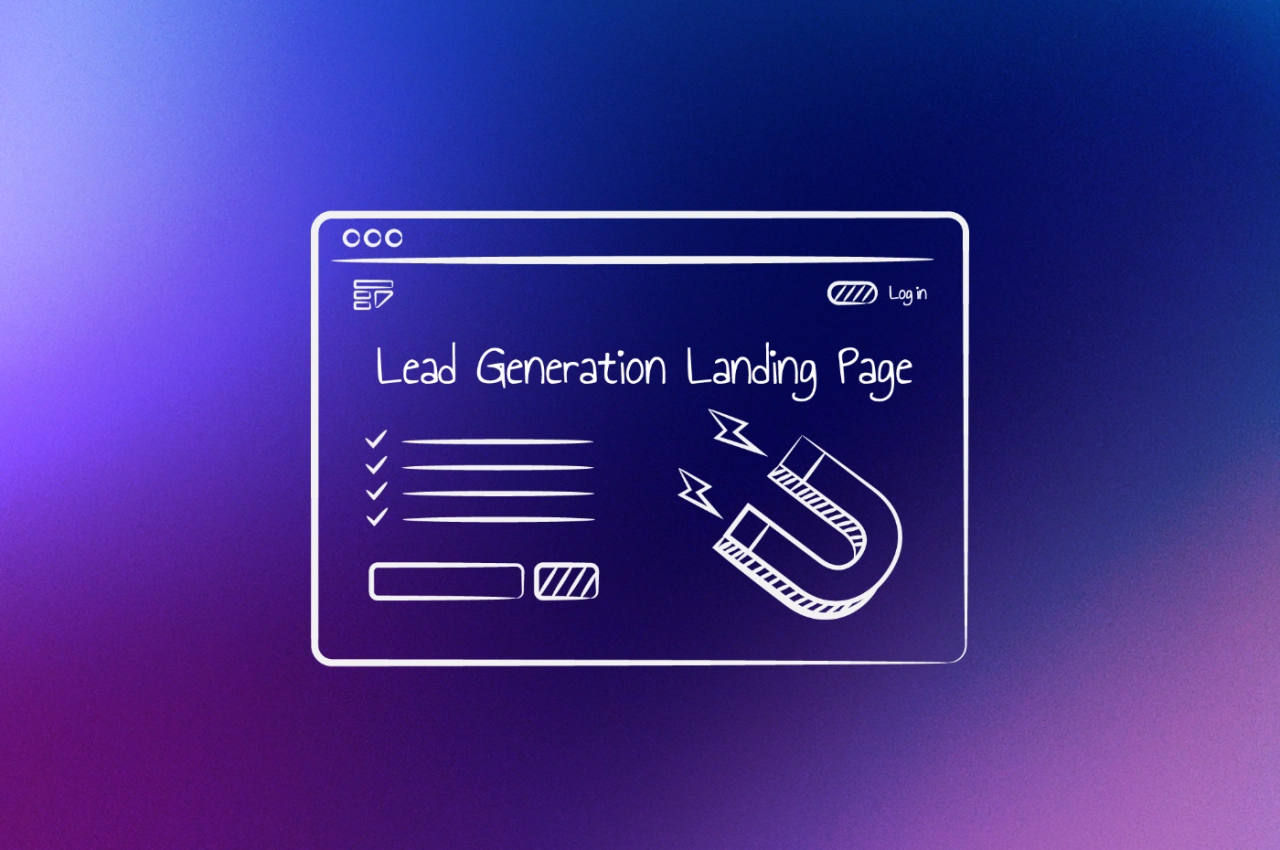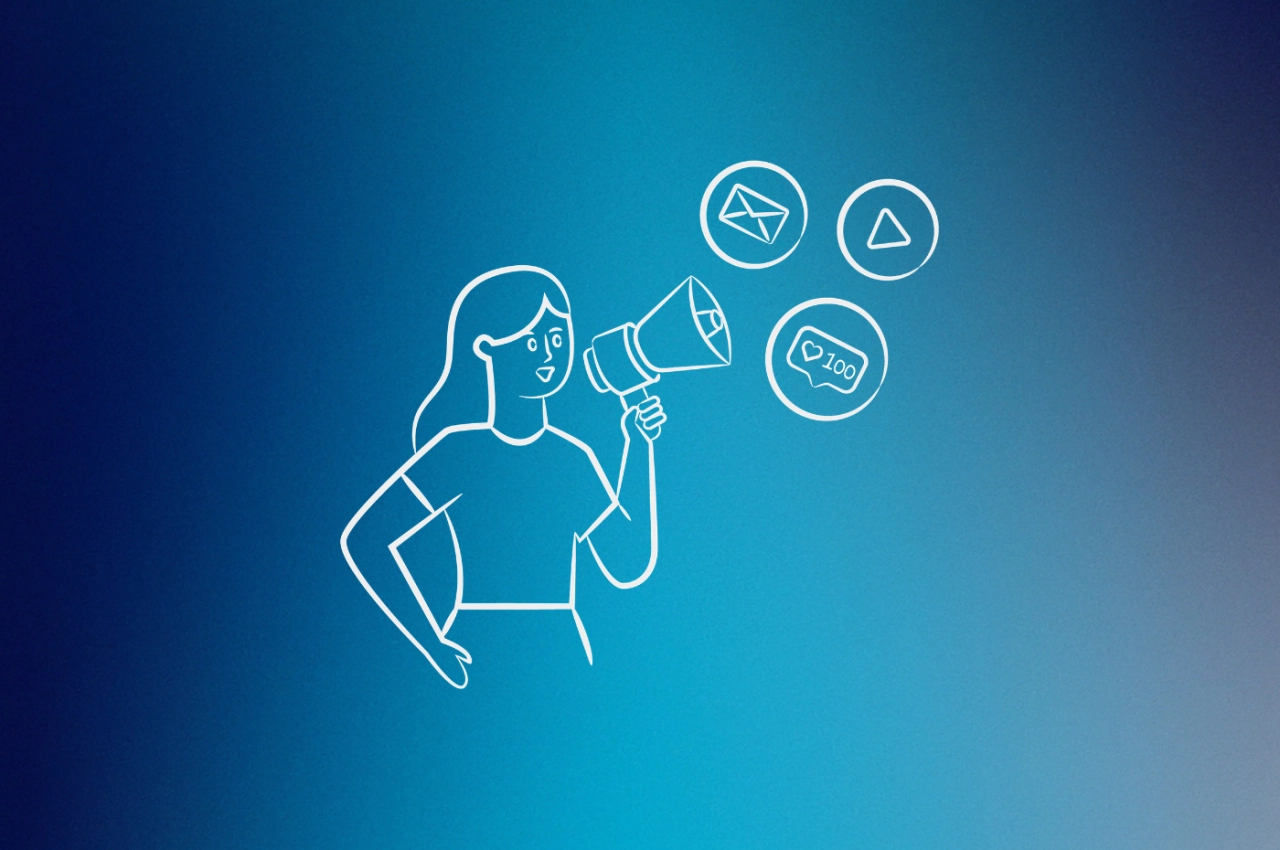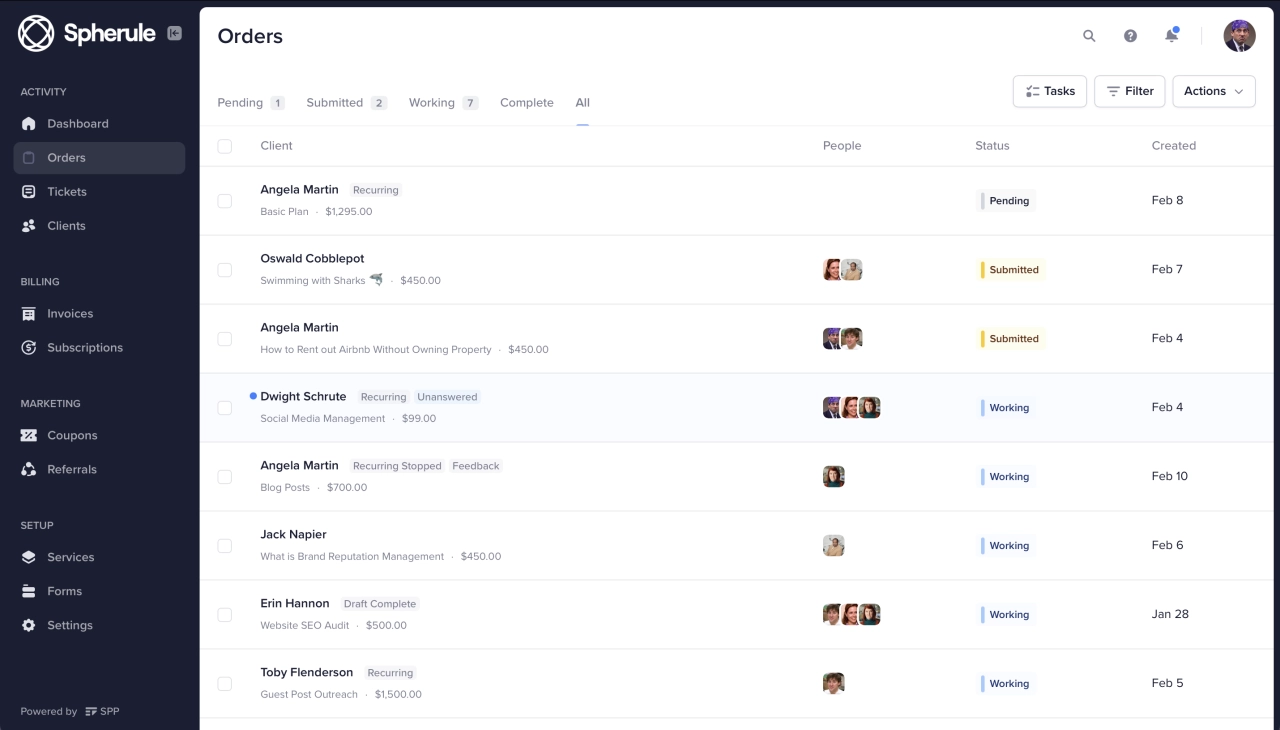- Demand generation is a marketing strategy that focuses on building relationships with potential customers throughout the buyer's journey.
- Effective demand generation requires deep understanding of your target audience, their pain points, and behaviors across channels.
- Top B2B demand generation agencies offer comprehensive services including content marketing, SEO, lead nurturing, and analytics.
Launching a business with the expectation that customers will automatically arrive? That’s an ineffective approach in today’s competitive market. Regardless of how excellent your service is, people won’t come if they’re unaware of its existence.
But when it comes to B2B lead generation, generating demand isn’t exactly a walk in the park. Luckily, there are companies specializing in this service. Let’s take a look what demand generation really means, how it can grow your agency, and which top agencies can help you achieve your goals in 2025.
What is demand generation?
Demand generation is a marketing strategy that focuses on driving brand awareness and interest in your business and its products or services. It’s all about building relationships with potential customers and guiding them through the entire buyer’s journey.
The term demand generation (also called demand gen) isn’t the latest buzzword in town – it’s been around for years. However, it recently started gaining prominence as businesses now understand the importance of providing value to their audience before asking them to buy.
In short, demand generation starts with:
Researching your ideal customers and creating a buyer persona.
Developing free, valuable content like images, videos, infographics, podcasts, and thought leadership blog posts that address their problems.
Promoting your content using various channels like social media, website, or email to create awareness and generate demand.
Is demand generation the same as lead generation?
Let me clear up a common confusion. According to a recent demand gen survey, 69% of marketers indicated their demand gen budgets were planned to increase between 1% and 20% in 2022. But here’s the thing – many marketers confuse demand generation with lead generation.
Lead generation focuses on capturing the details of prospects who have shown interest in your business, then nurturing them until they become customers. Demand generation, on the other hand, is a broader marketing strategy that touches on different stages of a buyer’s journey. Think of lead generation as a smaller part of your demand generation strategy.
Most companies in this space do lead gen, not demand gen. The marketing is built around transactional conversions of contact information so you can do outbound sales. The new way is to lean into the fact that word of mouth drives most buying decisions inside mid-market enterprise B2B SaaS. We don’t try to convert people who aren’t ready to buy. Instead, we educate them through content as a way to create attention, product consideration, and some of those word-of-mouth actions inside of channels that we can’t necessarily measure or see.
 Chris Walker,
Refined Labs
Chris Walker,
Refined Labs
Key demand generation metrics you should track
Before we dive into the agencies, let’s talk metrics. Likes, shares, and retweets are nice, but measuring your demand generation tactics goes beyond vanity metrics.
Here’s what you should really track:
Marketing qualified leads (MQLs): Leads likely to become customers based on marketing efforts
Sales qualified leads (SQLs): Leads vetted by sales teams, ready for direct engagement
Cost per acquisition (CPA): Total marketing/sales cost divided by new customers
Cost per lead (CPL): Total marketing spend divided by total new leads
Customer lifetime value (CLV): Predicted revenue from a customer account
Demand gen cycle length: Time from initial contact to conversion
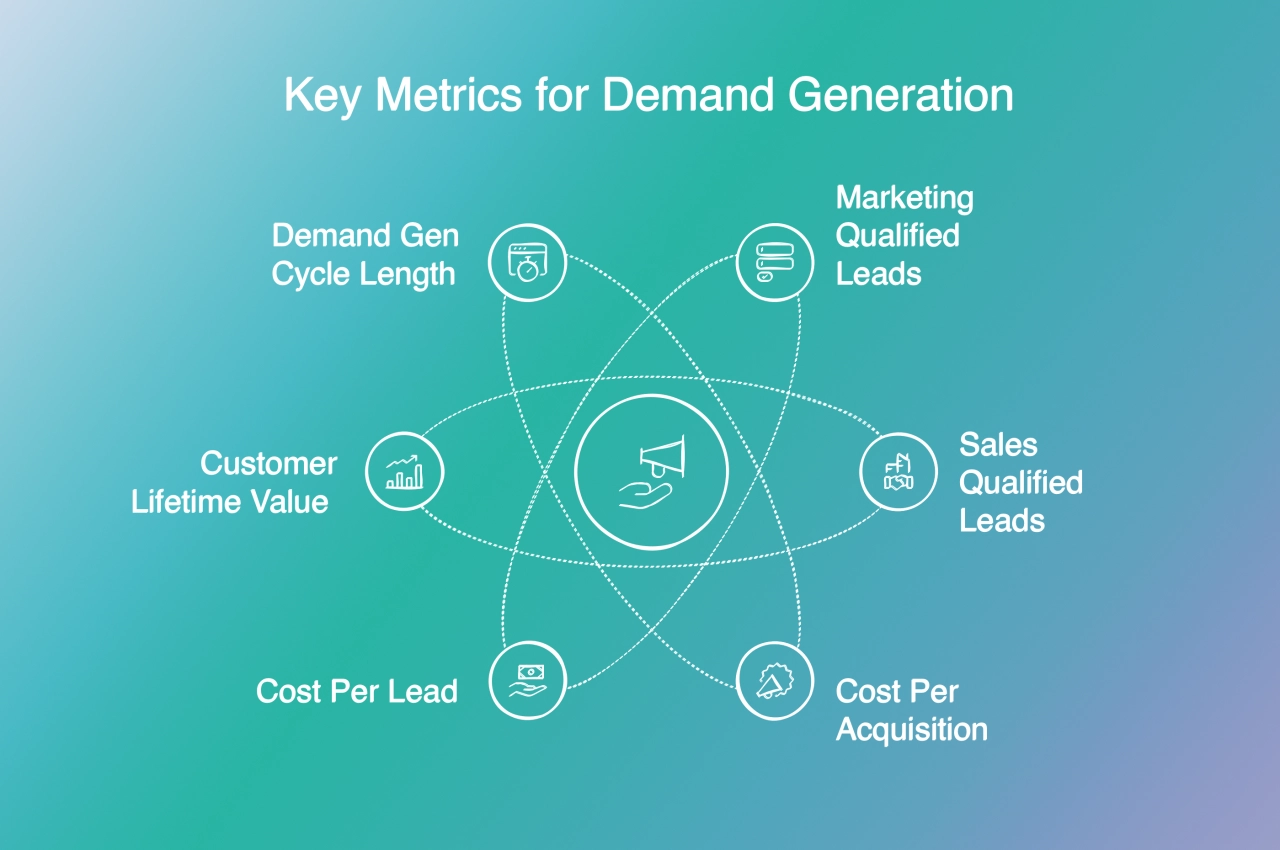
What does a demand generation agency do for your business?
An agency that specializes in demand generation works to create and implement strategies that increase the need for your company’s products or services. But here’s what sets them apart – unlike traditional marketing agencies that focus on promoting existing products, a demand generation agency focuses on creating and nurturing interest in your offerings.
One of the main goals? To generate and convert qualified leads into customers. This involves identifying potential customers with the help of B2B customer profiles, educating them about your products or services, and ultimately convincing them to make a purchase.
Team roles in a demand generation agency
When you work with a demand generation agency, you’ll typically interact with these key players:
VP of demand generation: Develops strategies and oversees day-to-day activities
Marketing automation specialist: Uses marketing automation software to manage campaigns
Content marketing specialist: Creates compelling content that resonates with your target audience
Social media manager: Manages social accounts and engages with prospects
SEO specialist: Optimizes your website for search visibility
Analytics specialist: Tracks performance and provides data-driven insights
Choosing a B2B demand generation agency
There are hundreds, maybe thousands of B2B demand generation agencies worldwide. Choosing one can feel daunting if you don’t know where to start.
Here’s what I recommend focusing on:
Experience and expertise: Look for agencies with a proven track record of success in generating leads for B2B companies. They should have experience working with businesses like yours and a deep understanding of your industry.
Strategies and tactics: Demand generation agencies may specialize in different strategies or tactics, so it’s important to choose one that aligns with your goals. For example, if your target audience is active on social media, you’ll want to work with an agency who knows how to generate leads from social media.
Technology and tools: These agencies often use various technology platforms and tools to manage and track their campaigns. It’s important to ensure that your chosen agency is up-to-date on industry trends and utilizes the latest lead generation software for optimal results.
With that in mind, I took a deep dive and looked at some of the most popular demand generation agencies in the world. Find the full list of the best B2B demand generation agencies, organized by different regions, below.
Europe
LeadFabric
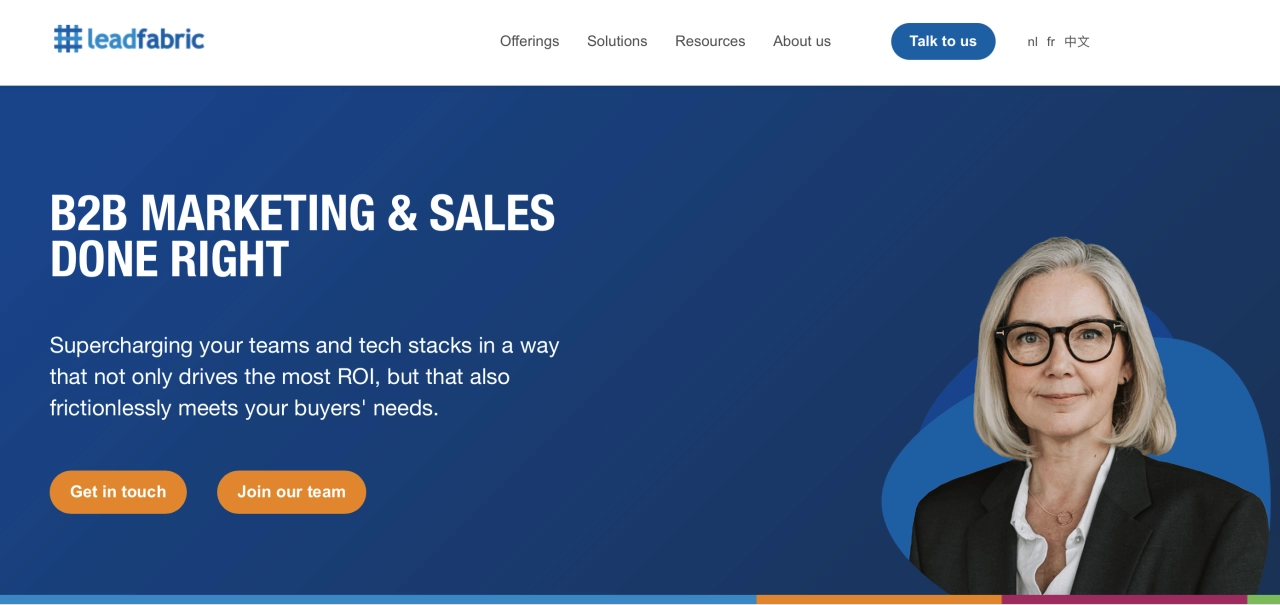
LeadFabric is a Brussels-based demand generation agency that works with B2B companies to identify and convert high-quality leads. They offer services such as inbound marketing, lead nurturing, ABM (account-based marketing), and analytics.
As the first EU partner to achieve Platinum status with 6sense, they specialize in intent-driven marketing strategies delivering results like Telenet’s 42% conversion increase through customer feedback loops.
Dapper
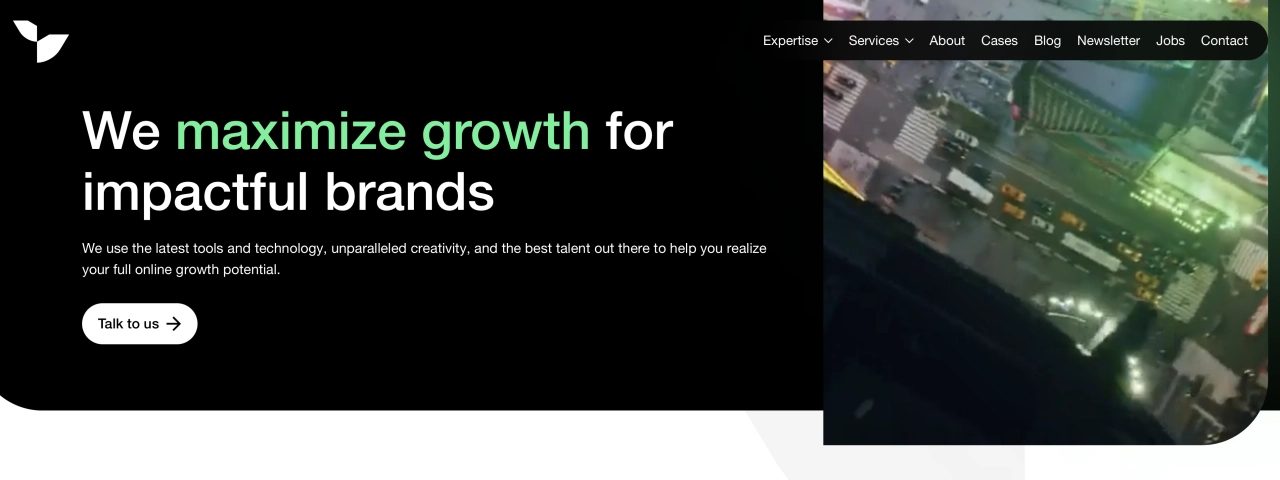
Dapper is a Rotterdam-based demand generation agency that offers a range of services, including demand generation for three main industries: SaaS, B2B, and eCommerce. In addition to demand generation services, they also offer B2B training, growth audits, and other adjacent services.
Founded in 2018, this Rotterdam-based growth marketing agency works with Fortune 500 companies and startups, proving their commitment to security by achieving complete cybersecurity compliance within one month.
Merkle
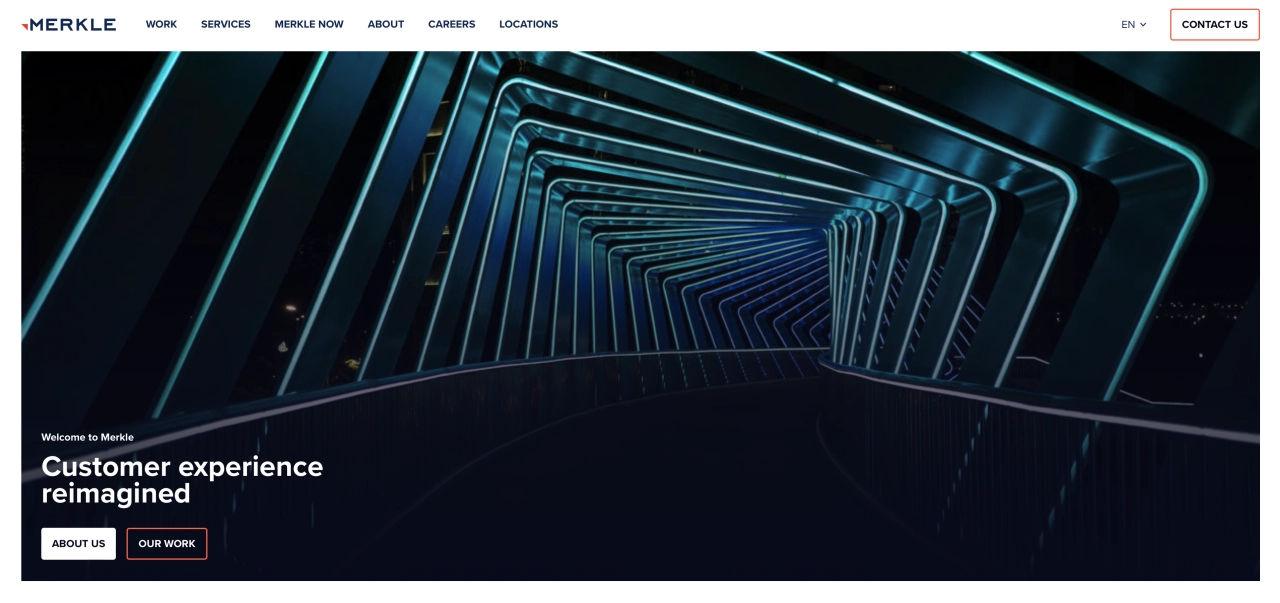
Merkle is a global performance marketing agency that offers a comprehensive suite of services, including demand generation, to B2B companies across various industries. With their data-driven approach and innovative solutions, Merkle excels in creating personalized customer experiences that drive growth. Aside from B2B marketing services, they also offer transformation, consulting, activation, and analytics services.
This global customer experience transformation company with 14,000+ employees worldwide excels at internal system optimization, reducing support tickets and increasing software adoption through contextual knowledge base solutions.
Fame
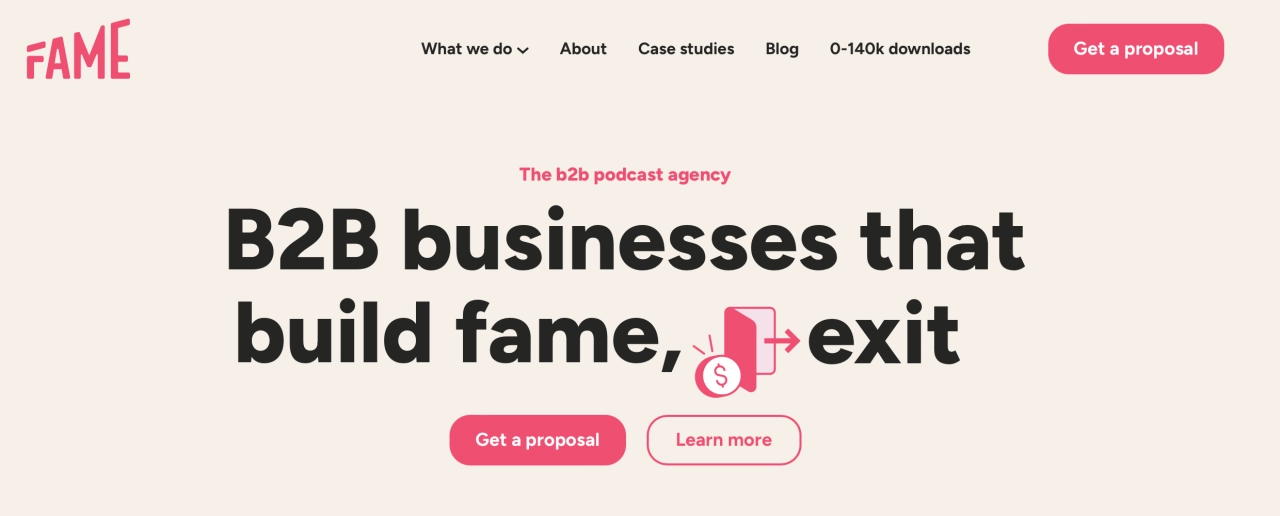
Fame is a demand generation agency focused on content marketing. They are rooted in the UK, but their team is globally distributed. They offer services that help businesses create audio, video, and written content—so if you plan on starting or scaling your operations in the content marketing area, this agency is a great idea.
This globally distributed B2B podcast production agency specializes in establishing clients as niche authorities through high-quality content creation and expert association strategies.
Americas
BlueHat Marketing
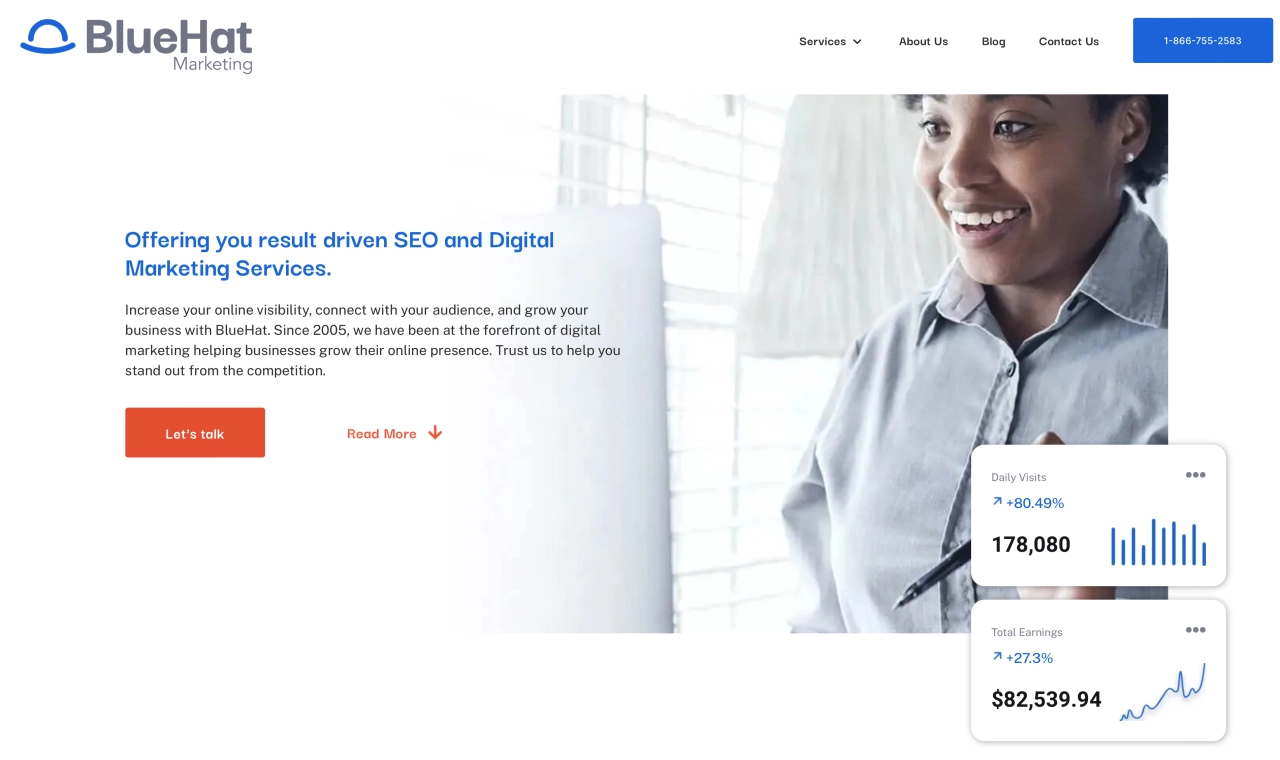
BlueHat Marketing is a full-service digital marketing agency that specializes in SEO, search engine marketing, website development, and more. They have offices in Canada and the US and have worked with various B2B clients across different industries to create demand for their products or services.
Specializing in technology brand growth through their proprietary Mindshare strategy, they repositioned Sidekick Software to generate 1,500 LinkedIn connections and 100+ pipeline opportunities in just 6 weeks.
First Page Sage
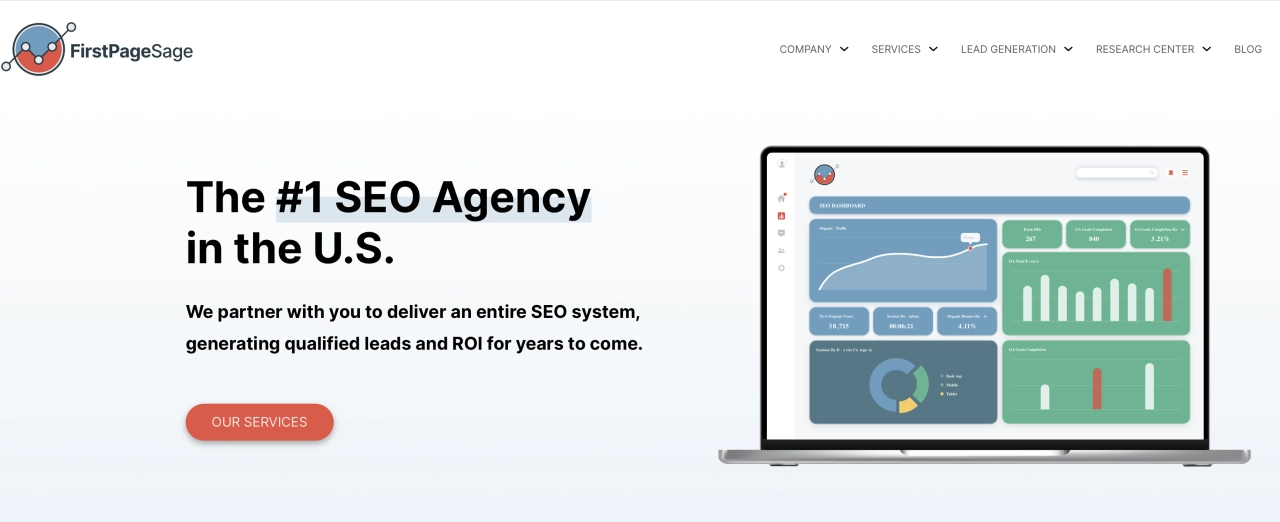
First Page Sage is a US-based demand generation agency that specializes in creating SEO-led, engaging and informative content for B2B companies. They work with clients across various industries to create demand for their products or services through high-quality content.
With 12+ years in digital marketing, they focus on ROI-driven strategies that prioritize closed sales over vanity metrics through detailed customer persona development, conversion-optimized content, and measurable content marketing ROI.
Belkins
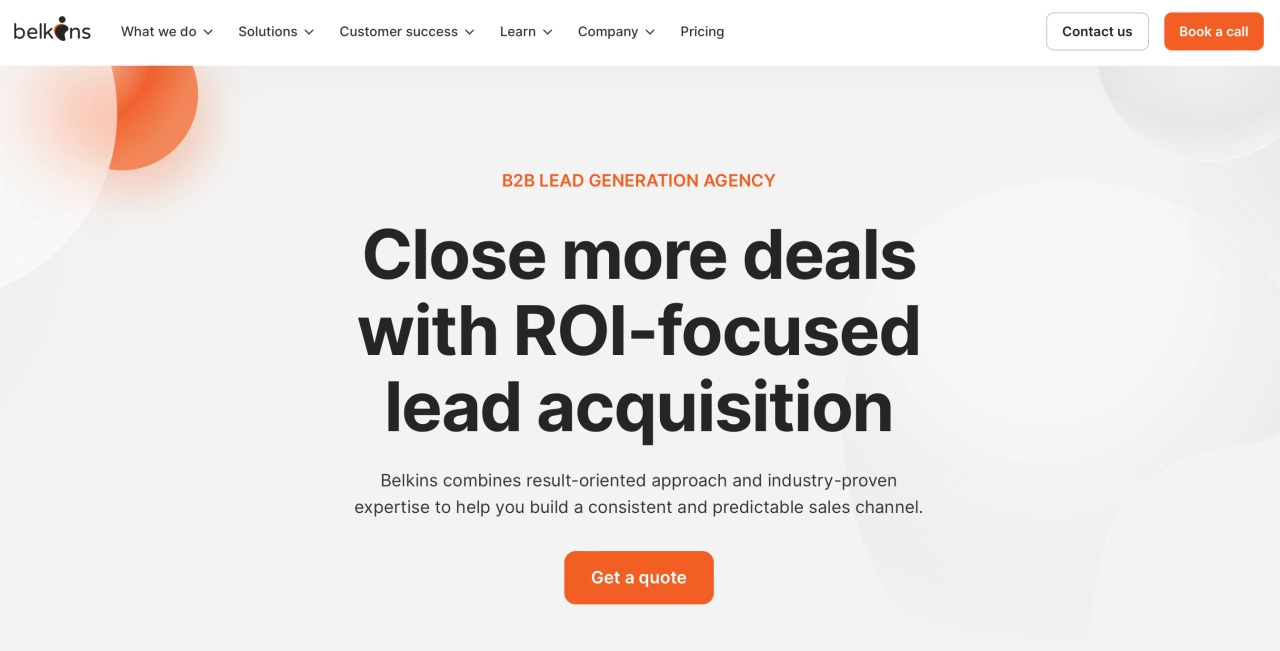
Belkins is a US-based demand generation agency that offers a wide range of B2B marketing services, including lead generation, appointment setting, and data enrichment. Their main focus is ROI-driven campaigns that help businesses achieve their growth goals.
Sherlock Communications
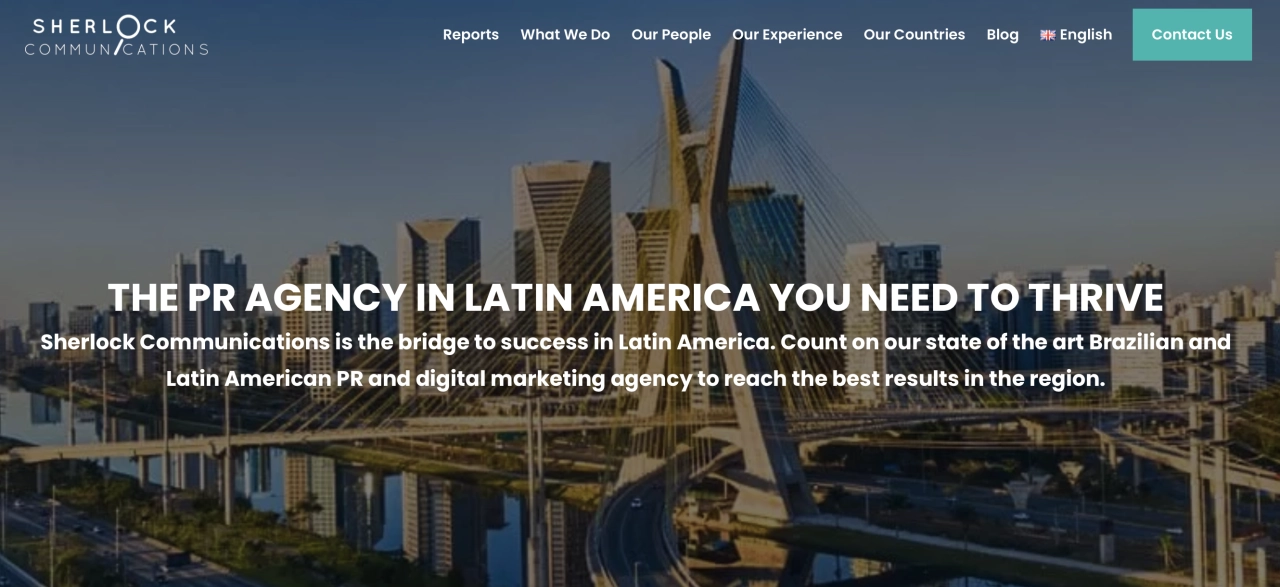
Sherlock Communications is an agency based in São Paulo, Brazil that specializes in B2B PR and content marketing. They work with clients across industries to create thought leadership, build brand awareness, and generate leads through media relations and content creation. They offer influencer marketing, content marketing, message development, photography, link building, experiential marketing, and many other services.
Recognized among São Paulo’s best PR agencies in 2024, they excel at PR-driven SEO campaigns, achieving results like increased market share for an online gambling client and fixing thousands of broken links for Overhaul.
Asia
Brew Interactive
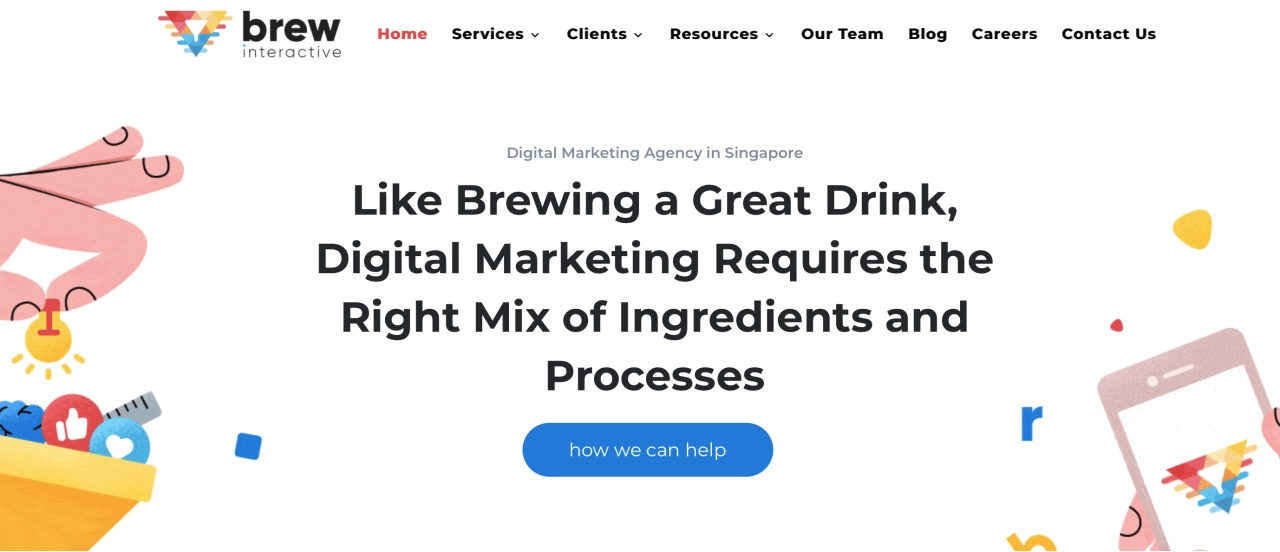
Brew Interactive is a Singapore-based demand generation agency that offers the full spectrum of B2B marketing services such as content marketing, SEO, brand reputation, ABM, and social media management. They also have a strong focus on data analysis, helping businesses make better-informed decisions to drive growth.
Generated $2.35M revenue from a $60K Marco Polo Hotels campaign, achieving results like 40% app download growth for Snapask through SEO and content strategies.
Primal
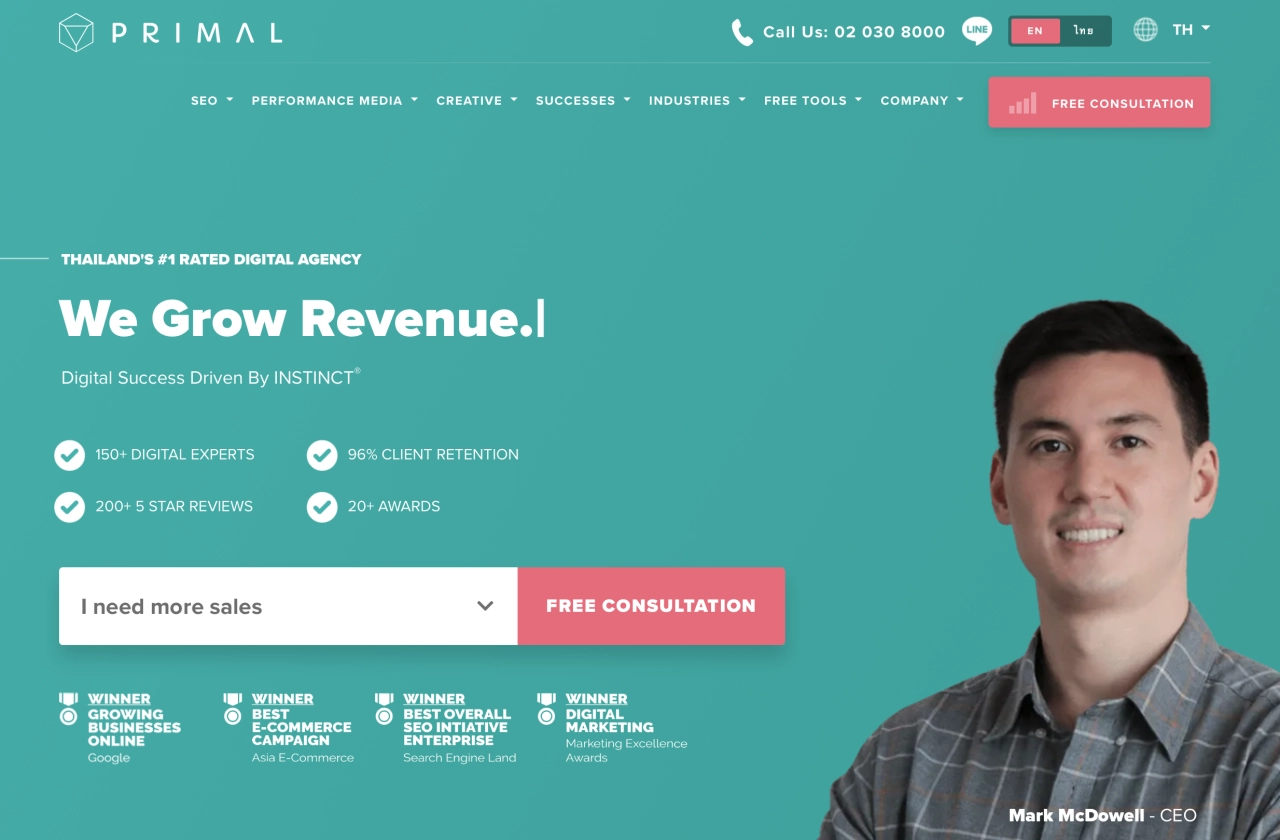
Primal is a full-service digital marketing agency based in Bangkok. They offer a range of B2B demand generation services, including SEO, lead generation, and PR. With their data-driven approach and innovative solutions, they help businesses attract quality leads and increase ROI.
Delivered 3X revenue growth for Keyword.com, increasing SEO service revenue from $1M to $3M annually through improved rank tracking and client reporting systems.
Salween Group
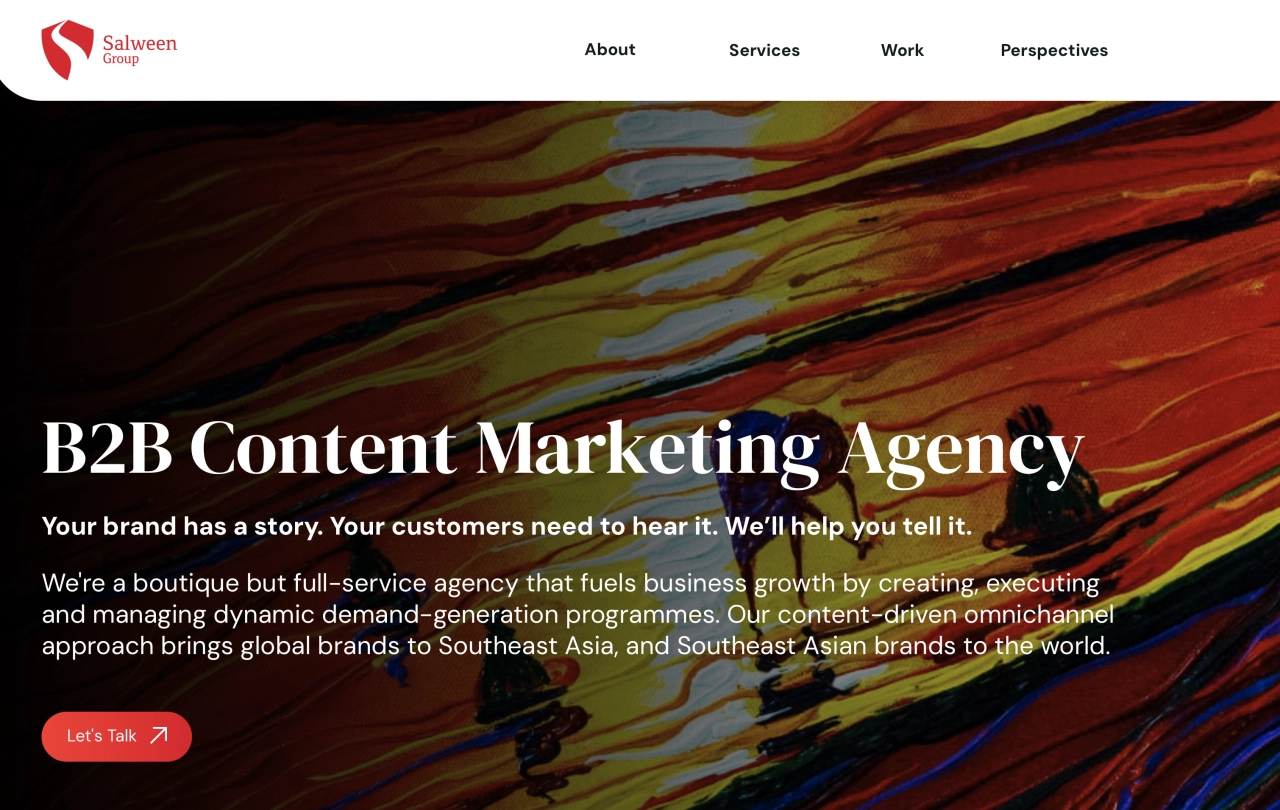
Salween Group is a B2B demand generation agency based in Singapore. They offer a range of services such as market research, lead generation, marketing automation, and content creation to help businesses expand their reach and generate demand for their products or services.
Specializes in scalable content frameworks for fast-growing enterprises, creating integrated storytelling systems for global payments company Thunes during rapid acquisitions.
Examples of successful demand generation campaigns
One thing all successful demand gen campaigns have in common: they use social proof. Customer testimonials, case studies, third-party reviews—this stuff reduces buyer risk and speeds up decisions. B2B buyers don’t trust marketing claims. They trust other buyers who've already solved the same problem.
Let’s look at some real-world examples that highlight how successful demand generation works in practice.
HubSpot’s inbound marketing campaign
HubSpot is a pioneer when it comes to inbound marketing. Their strategy focuses on creating valuable content that attracts and engages potential customers.
Content types: Blog posts, eBooks, webinars, and free tools.
Success story: Their website grader tool provides a free assessment of a website’s performance, generating leads while educating users about SEO.
Moz’s whiteboard friday
Moz has been successful in generating demand through their Whiteboard Friday video series. These educational videos provide valuable insights into SEO and digital marketing, positioning Moz as a thought leader in the industry.
Content types: Educational videos, blog posts, and industry reports.
Success story: Whiteboard Friday series has become a staple in the SEO community, driving significant traffic to Moz’s website and generating demand for their SEO tools.
Marketo’s marketing nation summit
Marketo used webinars and events to generate demand. Their annual Marketing Nation Summit brought together marketing professionals to share insights and best practices, creating a strong demand for Marketo’s solutions.
Content types: Webinars, conferences, and virtual events.
Success story: Marketing Nation Summit attracted thousands of attendees, generating leads and fostering a community of engaged marketers, which significantly strengthened their sales pipeline.
Popular demand generation tools & solutions
Here are four common software demand generation professionals use to track campaigns, automate, measure metrics, and scale their agencies.
1. Act-on for marketing automation
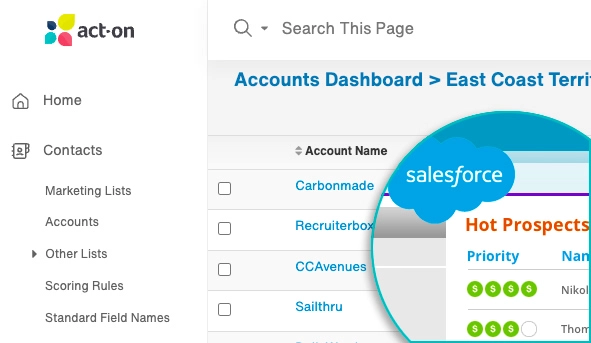
Act-on is a dream software for demand generation marketers. It’s a marketing automation platform that makes it easy to attract, engage and convert prospects to clients all in one app.
It offers various features such as email marketing, lead scoring and nurturing, build lead generation landing pages, social media management, analytics and more. Act-on is great for creating, implementing, and optimizing your marketing campaigns.
2. Hubspot marketing hub for marketing strategy
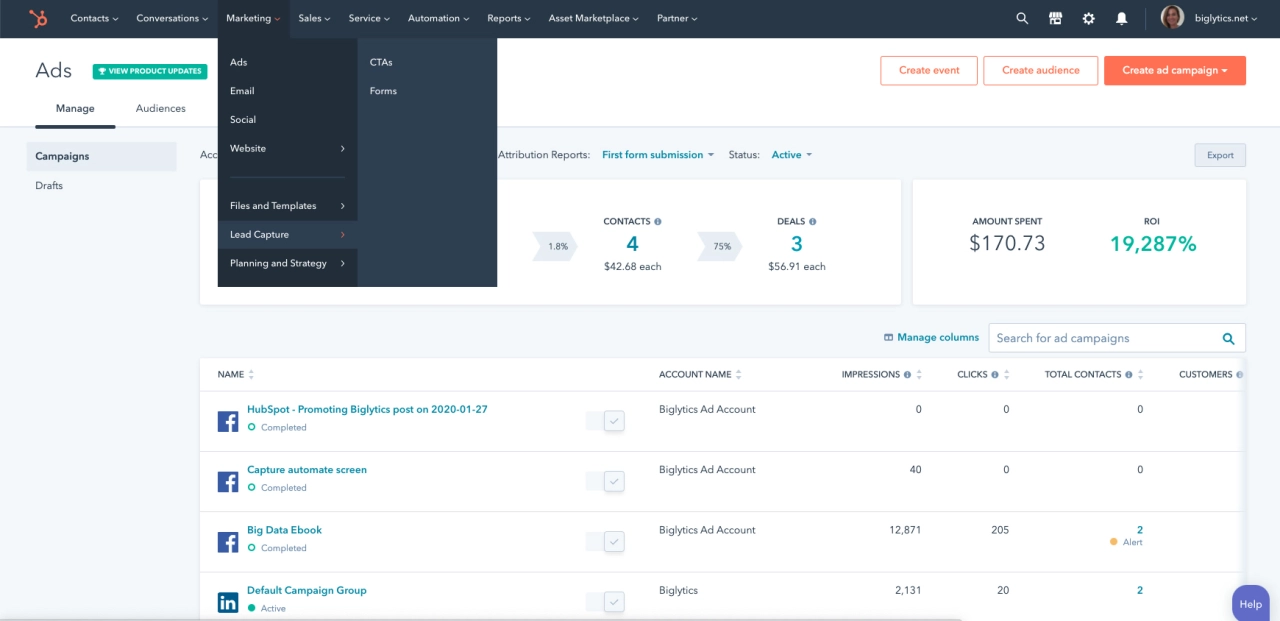
Hubspot marketing hub is a platform that provides a range of tools for marketing and sales teams to manage their marketing tactics and improve their performance.
Some of its features include website and content management, social media marketing and email and campaign management, lead management, reporting and analytics.
3. Service Provider Pro for client management
Once your demand generation strategy is in full swing, you’ll need a platform to manage clients. This is what SPP was built for.
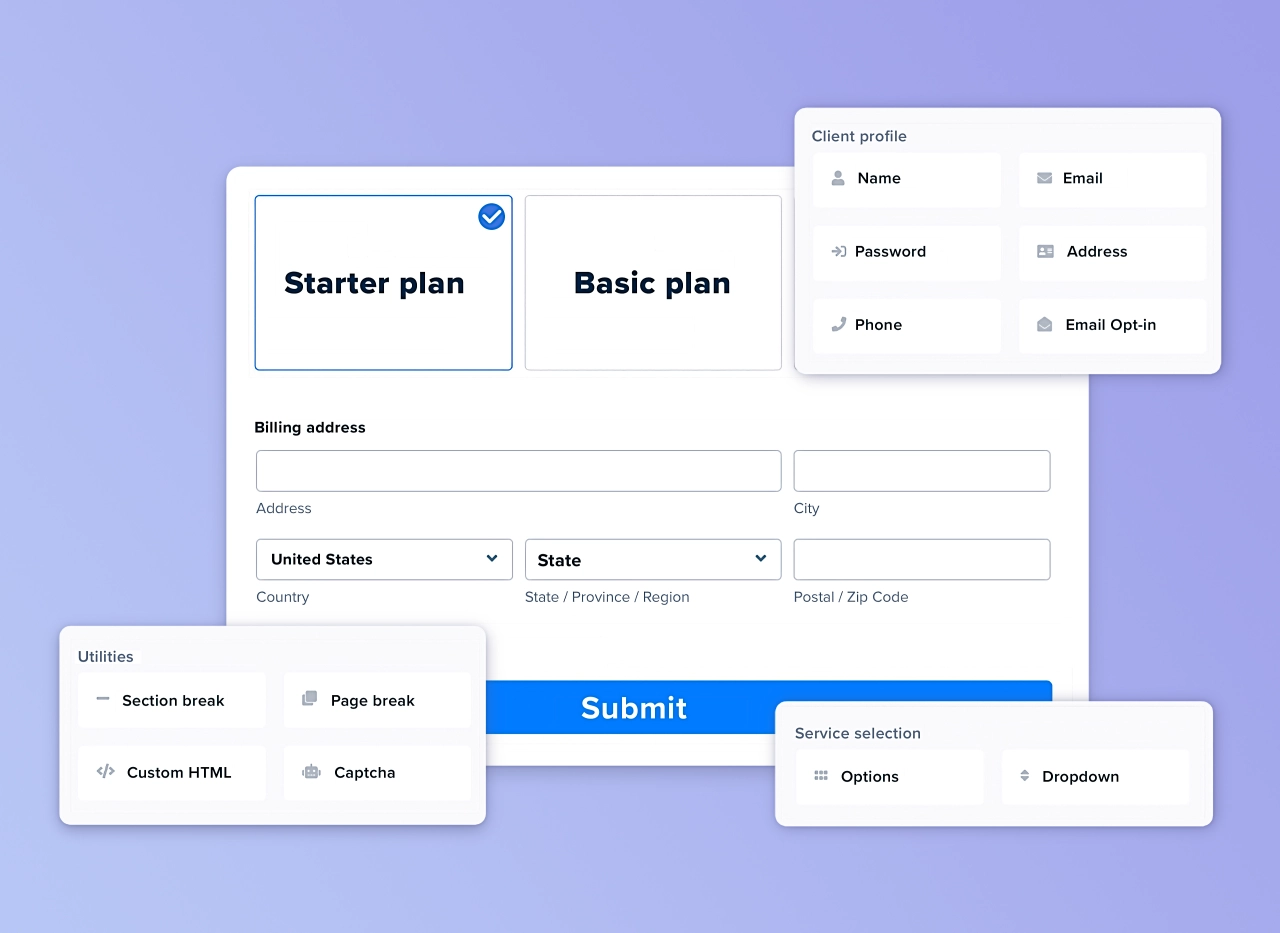
Collect project information, client data, files, and more.
One of SPP's features that’s great for demand gen is the drag-and-drop form builder. You can use it to create custom contact forms for inquiries or to get prospects as leads into your client portal.
4. Xoxoday Plum for rewarding loyalty
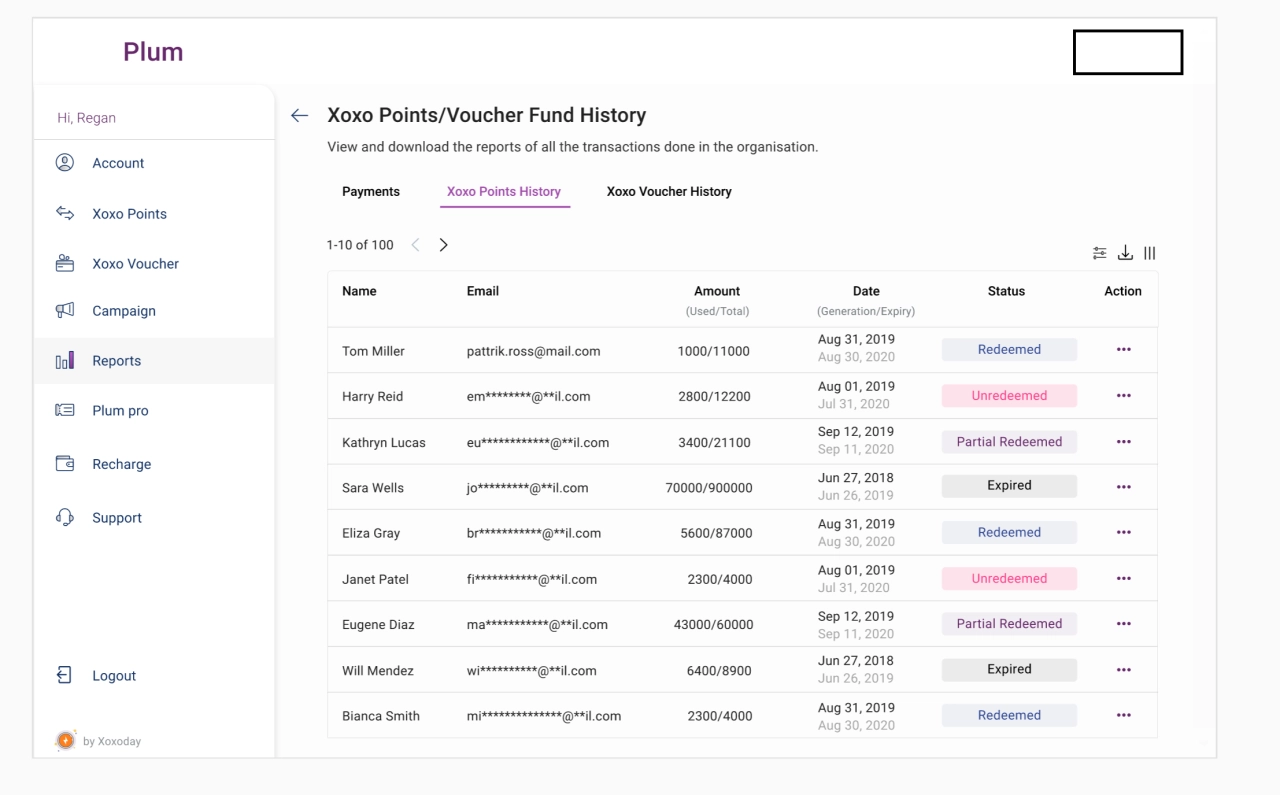
Rewarding loyal customers is a great way to keep generating demand for your product. It also helps with word-of-mouth marketing as customers are more likely to refer others to your business if they are satisfied with your services.
As such, you can use software like xoxoday plum to send incentives to your loyal clients. Xoxoday plum offers a range of tools for employee engagement, rewards and recognition. It helps businesses improve employee morale and productivity. This way, you can generate leads through referral programs and employee advocacy.
What is demand gen FAQ
What is demand generation in simple words?
Demand generation is a marketing strategy that focuses on building awareness and interest in your business, products, or services. It goes beyond just capturing leads – it’s about creating genuine demand.
Why is demand generation important?
It brings attention to your service/product and establishes you as the go-to solution for a problem. It builds trust before asking for a sale, resulting in better-qualified leads.
How to measure demand generation success?
Track metrics like MQLs, SQLs, CPA, CPL, CLV, and demand gen cycle length. Also monitor content engagement, social reach, and overall brand awareness growth.
How long before I see results from demand generation?
Demand generation is a long-term strategy. While you might see some engagement within 3-6 months, significant results typically take 6-12 months as you build authority and trust.
How much should I budget for demand generation?
Most B2B companies allocate 5-10% of revenue to marketing, with 40-60% of that going to demand generation activities. Your exact budget depends on your industry, goals, and growth stage.
What’s the difference between demand gen and lead gen?
Lead generation focuses on capturing contact info from interested prospects, while demand generation is broader, focusing on building awareness and interest throughout the entire buyer journey.
Scale your agency with the power of demand generation
As you’ve seen throughout this article, demand generation is an essential strategy for any agency looking to build an effective sales process, increase its customer base, and drive sales. Whether you choose to work with one of the agencies I’ve highlighted or build your own demand generation team, remember this: success comes from understanding your audience deeply and providing value before asking for the sale.
By identifying your ideal clients, creating compelling content, implementing targeted marketing campaigns, and leveraging several channels, you can effectively generate demand for your products or services and get high-quality leads.
The key is to continuously track, analyze, and optimize your demand generation efforts. This way, you can be sure you're reaching your target audience and acquiring clients in a way that doesn’t hurt your bottom line.
Ready to scale your agency with the power of demand generation? The agencies listed above can help you get started on the right foot.
Disclaimer: This article is for informational purposes only and does not constitute professional business, financial, or legal advice. Results vary based on industry, market conditions, and other factors. Always conduct due diligence and consult qualified professionals before making business decisions.

